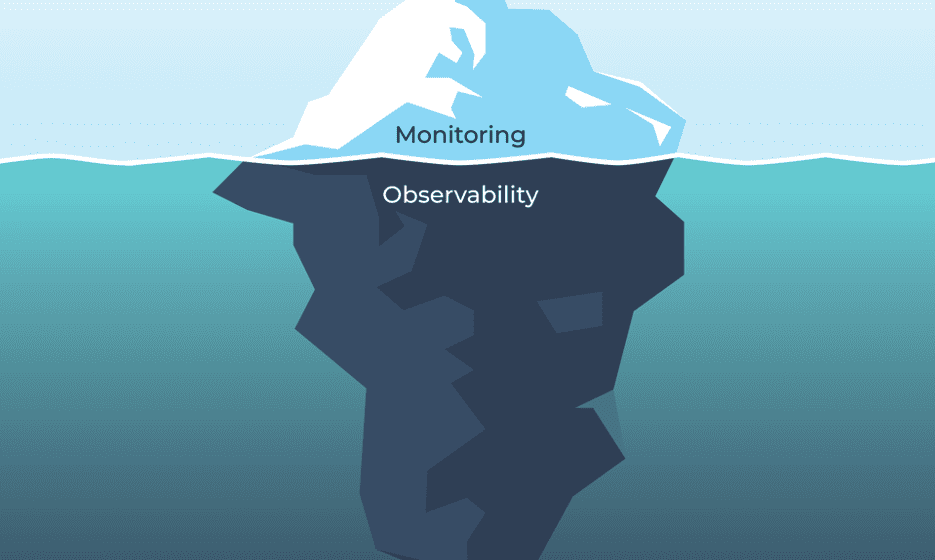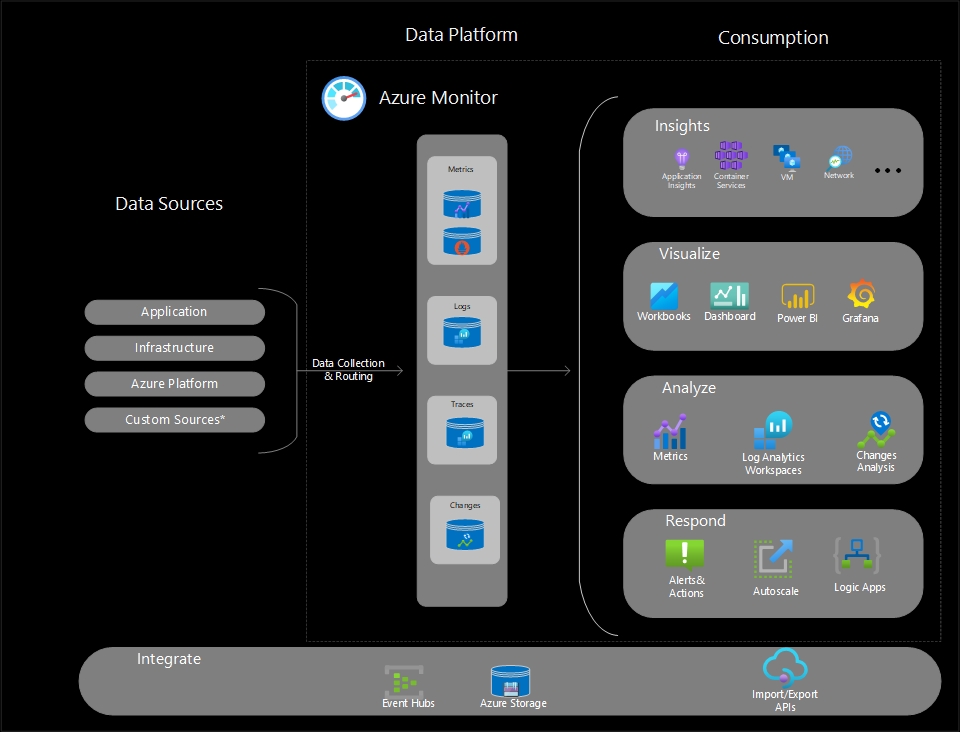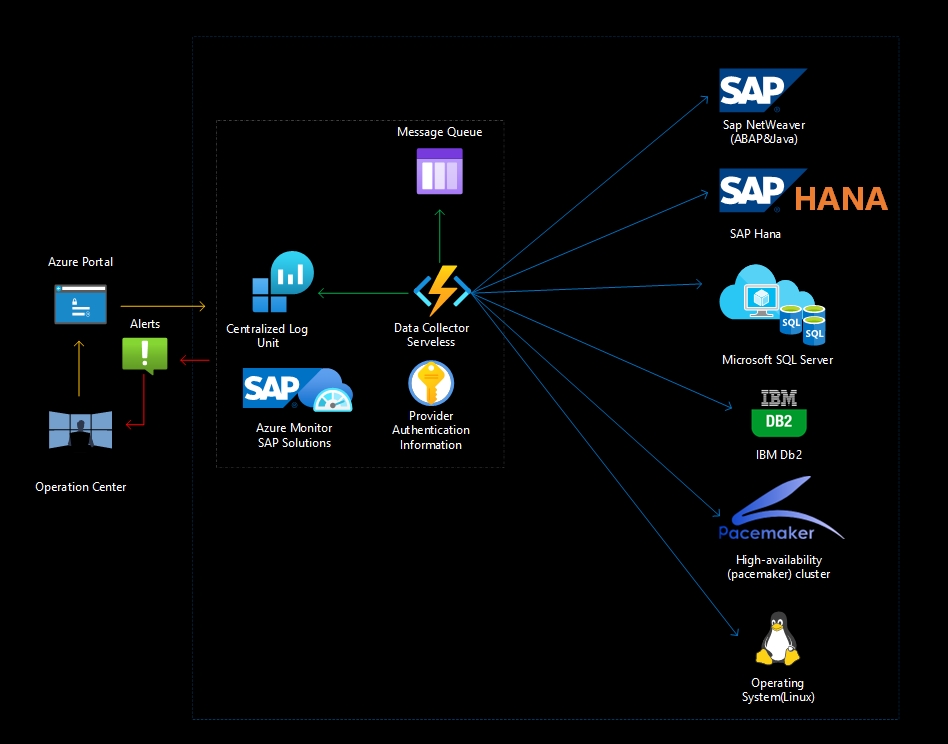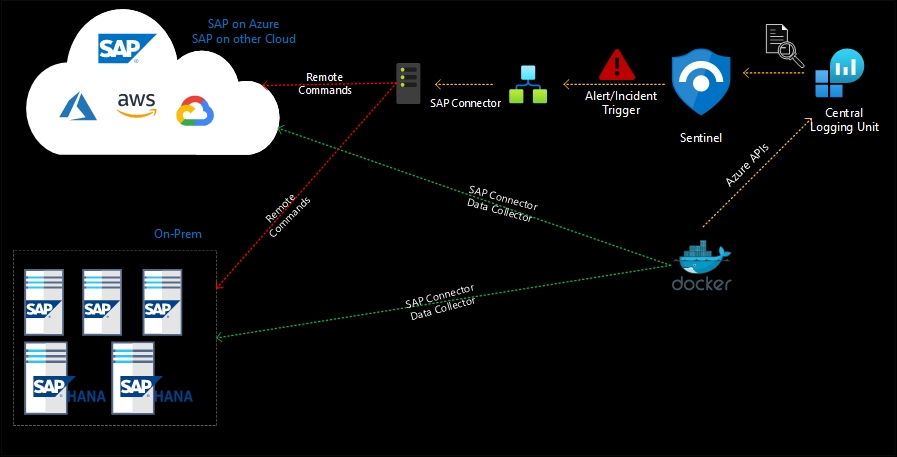Cloud Security Tips

In today’s digital landscape, business are increasingly levaraging cloud-based solutions to streamline operations and improve productivity. One such critical system is SAP, these workloads handle sensitive data and generally support mission-critical operations, it’s become imperative to implement robust auditing and monitoring practices. This article explores the significance of auditing and monitoring SAP on Azure, highlighting the benefits it brings in terms of security, compliance, and operational eficiency.
- Security Enhancement: SAP systems contain sensitive business data, including financial information, customer records, and intellectual property. Auditing and monitoring on Azure help organizations identify and address security vulnerabilities, unauthorized access attempts, and potential data breaches. By continuously monitoring system logs, user activities, and network traffic, organizations can detect and respond to security incidents in a timely manner, ensuring the protection of critical data.
- Compliance Adherence: Many industries have strict regulatory requirements and compliance standards that organizations must comply with, such as GDPR, HIPAA, or PCI-DSS. Auditing and monitoring SAP on Azure help ensure adherence to these regulations by tracking system activities, access controls, and data handling processes. This enables organizations to demonstrate compliance, avoid legal issues, and maintain customer trust.
- Risk Mitigation: Auditing and monitoring provide insights into system operations, configurations, and user activities, enabling organizations to proactively identify and address risks. By analyzing system logs, event data, and user behavior, potential risks can be detected, and appropriate mitigation strategies can be implemented. This helps minimize the impact of potential issues, reduces system downtime, and ensures uninterrupted business operations.
- Performance Optimization: Continuous monitoring of SAP on Azure allows organizations to optimize system performance and resource utilization. By analyzing performance metrics, organizations can identify and resolve bottlenecks, optimize resource allocation, and ensure efficient usage of Azure services. This leads to improved system performance, enhanced user experience, and cost optimization.
- Change Management: Auditing and monitoring play a vital role in change management processes for SAP on Azure. By monitoring system modifications, configuration changes, and user activities, organizations can ensure that changes are implemented correctly and in line with established guidelines. It helps detect and address unauthorized or unintended changes, ensuring system stability, data integrity, and compliance.
- Incident Response and Forensics: In the event of a security incident or system failure, auditing and monitoring data provide crucial information for conducting forensic investigations. Detailed logs and audit trails enable organizations to identify the root cause, determine the extent of the impact, and initiate appropriate remediation actions. This facilitates effective incident response, minimizes downtime, and helps prevent future occurrences.
Monitoring and Observability
Monitoring and observability are related concepts that both involve gathering and analyzing data to gain insights into the performance and behavior of systems. However, there are some key differences between monitoring and observability:

Source: Internet
- Monitoring:Monitoring refers to the process of collecting and analyzing data about the state and performance of a system or application. It involves tracking predefined metrics, thresholds, and key performance indicators (KPIs) to assess the health, availability, and performance of the system. Monitoring typically focuses on specific metrics or events and provides a centralized view of the system’s current state.
- Observability:Observability, on the other hand, refers to the ability to gain insights into the internal state of a system or application based on its outputs, behaviors, and events. It emphasizes the understanding of the system’s internal workings, making it easier to troubleshoot and diagnose issues. Observability is more focused on exploring and understanding the system’s behavior rather than predefined metrics.
In summary, monitoring focuses on predefined metrics and thresholds, providing a centralized view of system performance and triggering alerts when specific conditions are met. Observability, on the other hand, emphasizes understanding the system’s behavior and enables deep visibility into its internal workings, allowing for more exploratory analysis and troubleshooting. While monitoring is proactive and metric-driven, observability is more event-driven and focuses on understanding unknown unknowns and root cause analysis.
Azure Monitor for SAP on Azure
Azure Monitor is a comprehensive monitoring and analytics service provided by Microsoft Azure. It enables users to gain deep insights into the performance, availability, and usage of applications and resources within the Azure environment. Azure Monitor collects and analyzes data from various sources, including Azure resources, virtual machines, containers, and custom applications, to provide a holistic view of the entire system.

Azure Monitor can collect data from multiple sources, including your own application if you needed, operating systems, the service they rely on, and from the platform itself. The diagram above shows an simple view of the datasources type gathered by Monitor.
Data platform stores these data in data stores for each pillars of observability: metrics, logs, distributed traces, and changes. Each store is optimized for specific of data and monitoring scenarios.
The following sections outline methods and services that consume monitoring data from the Azure Monitor data platform.
- The Azure portal’s Monitor section offers a user-friendly visual interface that provides access to the data collected for Azure resources. It serves as a convenient gateway to the wide range of tools, insights, and visualizations available within Azure Monitor.
- Certain Azure resource providers offer preconfigured visualizations that deliver a tailored monitoring experience with minimal setup requirements. These insights are designed to be highly scalable and provide curated visual representations of the monitored data.
- Visualizations, such as charts and tables, are powerful means of summarizing monitoring data and presenting it to diverse audiences. Azure Monitor offers its own built-in capabilities for visualizing monitoring data and leverages other Azure services to share it with various stakeholders. While Power BI and Grafana are not officially included in the Azure Monitor product, they are integral to its functionality and contribute to the comprehensive suite of visualizations offered by Azure Monitor.
- Azure Monitor provides powerful analysis capabilities within the Azure portal, offering built-in tools that enable you to effectively analyze your monitoring data. These tools provide a convenient and intuitive interface for exploring and gaining insights from the collected data, empowering you to make informed decisions and optimize the performance and health of your Azure resources.
This Azure-native monitoring product is designed for customers who run their SAP landscapes on Azure Virtual Machines and Azure Large Instances. With this service, users can collect telemetry data from Azure infrastructure and databases, consolidate it in a central location, and visualize the data.
Azure Monitor for SAP Solutions introduces a new provider type called “SAP NetWeaver,” which allows customers using “SAP on Azure” to monitor SAP NetWeaver components and processes within the Azure portal. The solution also offers easy creation of custom visualizations and alerting. It comes with default visualizations that can be used as-is or customized to suit specific requirements.

By utilizing Azure Monitor for SAP solutions, you have the ability to monitor various instances of a specific component type across multiple SAP systems (SIDs) within a virtual network. This can be achieved efficiently through a single Azure Monitor resource. For instance, you can easily monitor multiple HANA databases, HA clusters, Microsoft SQL Server instances, and SAP NetWeaver systems belonging to different SIDs.
To illustrate this concept, the architecture diagram showcases the SAP HANA provider as an example. However, it is important to note that you can configure multiple providers to collect data from corresponding components. These components may include HANA databases, HA clusters, Microsoft SQL Server instances, and SAP NetWeaver systems.
Azure Monitor for SAP solutions does not collect Azure Monitor metrics or resource log data like other Azure resources. Instead, it directly sends custom logs to the Azure Monitor Logs system, where you can leverage the built-in features of Log Analytics.The data collection in Azure Monitor for SAP solutions depends on the configured providers.
Security Monitoring for SAP on Azure
Security Monitoring for SAP on Azure is a comprehensive solution that focuses on ensuring the security and compliance of SAP systems deployed on the Azure cloud platform. It provides proactive monitoring, threat detection, and incident response capabilities to safeguard SAP environments from potential security breaches.
Sentinel for SAP solutions is a specialized offering within Azure Sentinel, Microsoft’s cloud-native Security Information and Event Management (SIEM) platform. It is designed to provide comprehensive security monitoring, threat detection, and incident response capabilities specifically tailored for SAP environments.
By integrating with SAP systems, Sentinel for SAP solutions enables organizations to collect and analyze security logs and telemetry data from various SAP components, including SAP HANA databases, SAP NetWeaver systems, and other SAP applications. This allows for real-time monitoring and detection of potential security threats, vulnerabilities, and suspicious activities within the SAP landscape.

With its advanced analytics and machine learning capabilities, Sentinel for SAP solutions helps identify indicators of compromise (IOCs), security incidents, and anomalies that may indicate a security breach or unauthorized access. It provides centralized visibility into security events, correlating data from SAP systems with other security data sources within the Azure ecosystem.
The solution offers built-in detection rules, threat intelligence, and behavioral analytics specifically designed for SAP environments, empowering security teams to respond quickly and effectively to security incidents. It provides actionable insights, alerts, and automated workflows to streamline incident response and mitigate potential risks
Auditing and traceability for security-enhanced SAP on Azure
Auditing and traceability are vital components of a robust security framework. They provide organizations with the ability to monitor and track activities, changes, and events within their systems to ensure compliance, detect security breaches, and enable effective incident response. These concepts are crucial aspects of maintaining security-enhanced SAP environments on Azure. They provide visibility into activities, changes, and events occurring within the SAP systems, enabling organizations to monitor and track potential security threats, unauthorized access, and compliance violations.
Azure Monitor Data Connector is a feature within Azure Monitor that allows you to ingest and analyze data from external sources into the Azure Monitor platform. It enables you to centralize and correlate data from different systems and applications, providing a unified view for monitoring and analysis. The Data Connector integrates with other Azure Monitor services, supports custom mappings, and offers scalability and data retention options. It helps organizations gain insights from diverse data sources and enhance their monitoring capabilities within the Azure ecosystem.

Azure Diagnostics Logs refer to the comprehensive logs generated by Azure resources and services, which provide valuable insights into the operational and troubleshooting aspects of those resources. These logs capture important information related to system events, resource performance, errors, security events, and more.
The logs provide detailed information about resource-level events, activities, and performance metrics. This helps in monitoring and troubleshooting issues, identifying performance bottlenecks, and optimizing resource utilization.

The logs provide detailed information about resource-level events, activities, and performance metrics. This helps in monitoring and troubleshooting issues, identifying performance bottlenecks, and optimizing resource utilization.
All these data collectors seamlessly integrate with Azure Monitor, which offers advanced capabilities for log analytics, alerting, and visualization. This integration enhances the monitoring and management of resources by leveraging Azure Monitor’s rich feature set.
Where storing these data safely?
Azure Analytics Workspace is a centralized platform within Azure that enables organizations to collect, store, analyze, and visualize data from various sources. It provides a unified environment for data exploration, advanced analytics, and collaboration among data analysts, data scientists, and business users.
- Data Integration: Azure Analytics Workspace allows you to ingest data from diverse sources such as Azure services, on-premises systems, and third-party platforms. It supports data integration and transformation processes to prepare data for analysis.
- Data Storage: The workspace provides storage options like Azure Data Lake Storage and Azure Blob Storage, allowing you to store large volumes of structured and unstructured data for analysis.
- Data Preparation and Exploration: Azure Analytics Workspace offers tools like Azure Data Factory and Azure Data Lake Analytics for data preparation, cleansing, and exploration. These tools enable data engineers and data scientists to transform and model data for analysis.
- Security and Compliance: The workspace includes built-in security features such as Azure Active Directory integration, role-based access controls, and encryption at rest and in transit. It helps organizations meet data security and compliance requirements.
- Scalability and Performance: Azure Analytics Workspace leverages the scalability and performance capabilities of Azure services, enabling you to handle large volumes of data and process complex analytical workloads efficiently.
- Visualization and Reporting: Azure Analytics Workspace integrates with Power BI, allowing you to create interactive dashboards and visualizations based on your analyzed data. This enables business users to gain actionable insights and make informed decisions.
Next Post
This article aims to provide a deeper understanding of the available options for monitoring and managing events in SAP on Azure, emphasizing the significance of maintaining a secure environment.The significance of monitoring and observing these environments as a means to enhance security was also highlighted.
In my upcoming post, we will delve into the topic of security posture in Azure and explore the concept of Cloud Workload protection using Microsoft Defender for Cloud. We will examine how these tools can effectively enhance the security maturity of SAP on Azure environments, ensuring a robust and protected infrastructure.
Leave a Reply